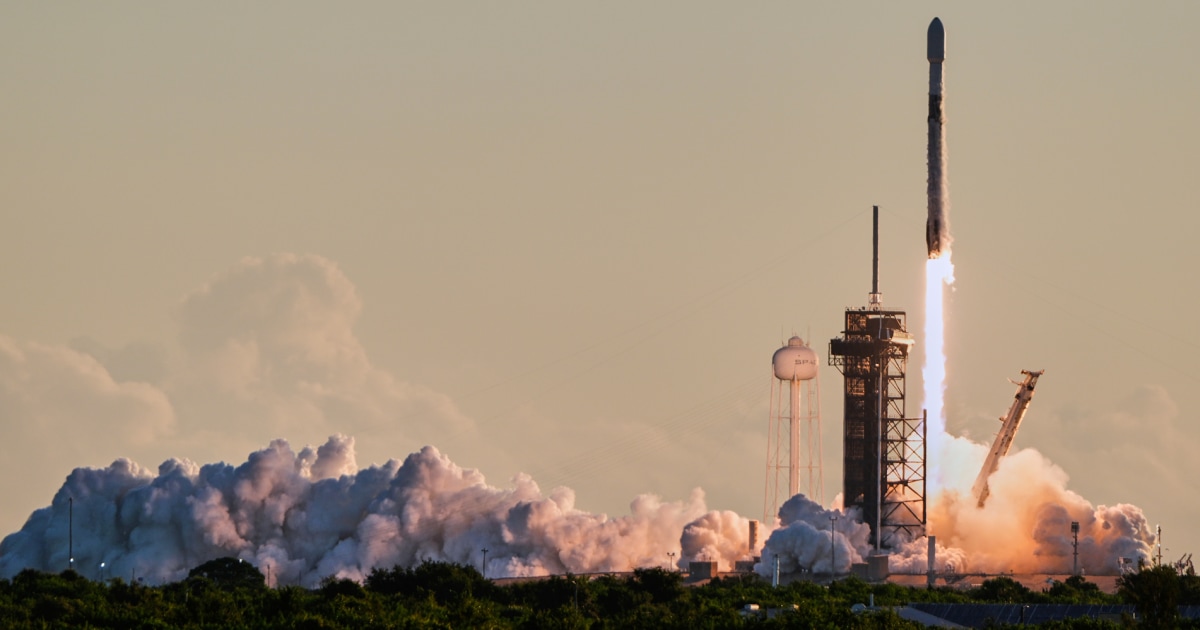| IN A NUTSHELL |
|
The prospect of human exploration on Mars is no longer a distant dream, as NASA and AeroVironment, Inc. (AV) have unveiled an innovative mission concept called Skyfall. This ambitious project promises to accelerate Martian exploration through the deployment of six scout helicopters. These helicopters are expected to gather vital data, paving the way for potential human landings on the Red Planet by 2030. The mission’s approach is designed to be faster and more cost-effective, making the vision of humans setting foot on Mars closer to reality. As the space community eagerly awaits, the Skyfall mission could redefine Mars exploration forever.
Building on Ingenuity’s Success
The allure of Mars has been undeniable, with its potential to unlock mysteries about the universe. In 2021, a monumental milestone was achieved with the successful flight of the Ingenuity helicopter, the first powered flight on another planet. Ingenuity’s mission, initially expected to complete a few flights, far exceeded expectations with a total of 72 flights. This little rotorcraft demonstrated that aerial exploration of Mars was not only possible but could significantly enhance our understanding of the planet.
Inspired by Ingenuity’s success, NASA and AV are prepared to push the boundaries even further with Skyfall. This mission plans to release six autonomous helicopters mid-air over Mars. These helicopters will descend and explore the Martian surface, providing crucial data that could enable human landings. The innovative deployment strategy, known as the “Skyfall maneuver,” will eliminate the need for complex landing platforms, reducing costs and risks.
Exploring Landing Sites
The Skyfall helicopters will function as independent scouts once they reach the Martian surface. Each helicopter will survey potential landing sites for future astronauts, providing high-resolution images and radar data. This information is vital for ensuring safe landings in areas abundant with resources like water and ice. Furthermore, these scouts could help answer a question that has puzzled scientists for decades: Did life ever exist on Mars?
While the specific technical details of the mission remain under wraps, the potential impact is enormous. According to Trace Stevenson, President of Autonomous Systems at AV, “Skyfall builds on Ingenuity’s promise, offering detailed data that supports future crewed missions and planetary science.” By amplifying the range and capabilities with six helicopters, the mission significantly enhances our understanding and prepares us for the next steps in Mars exploration.
Competing Concepts and Future Prospects
Skyfall is not the only initiative aiming to build on Ingenuity’s success. NASA has also introduced a concept for a larger helicopter capable of carrying scientific payloads on Mars. This SUV-sized “Mars Chopper” could travel nearly two miles per Martian day, offering another promising avenue for exploration. However, Skyfall’s unique approach and potential for rapid deployment make it a standout contender in the race to Mars.
The introduction of Skyfall marks a significant leap in how we think about exploring other planets. With a mix of technological innovation and strategic planning, this mission could be a game-changer. As we edge closer to sending humans to Mars, the insights provided by aerial scouts will be indispensable. Skyfall represents not just a mission, but a pivotal moment in our quest to explore worlds beyond Earth.
The Path Forward
The Skyfall mission exemplifies the spirit of innovation and exploration that drives human endeavors into space. By employing a fleet of helicopters for Martian exploration, NASA and AV are charting new territory in planetary science. As the mission prepares for a potential launch by 2028, the data it collects could lay the groundwork for human footprints on Mars by 2030.
As we look to the future, the collaboration between private companies and government agencies will be crucial in achieving these lofty goals. The Skyfall mission opens up exciting possibilities for science and exploration, challenging us to think beyond current limitations. How will this new era of exploration shape our understanding of the universe and our place within it?
This article is based on verified sources and supported by editorial technologies.
Did you like it? 4.6/5 (26)
Source link

